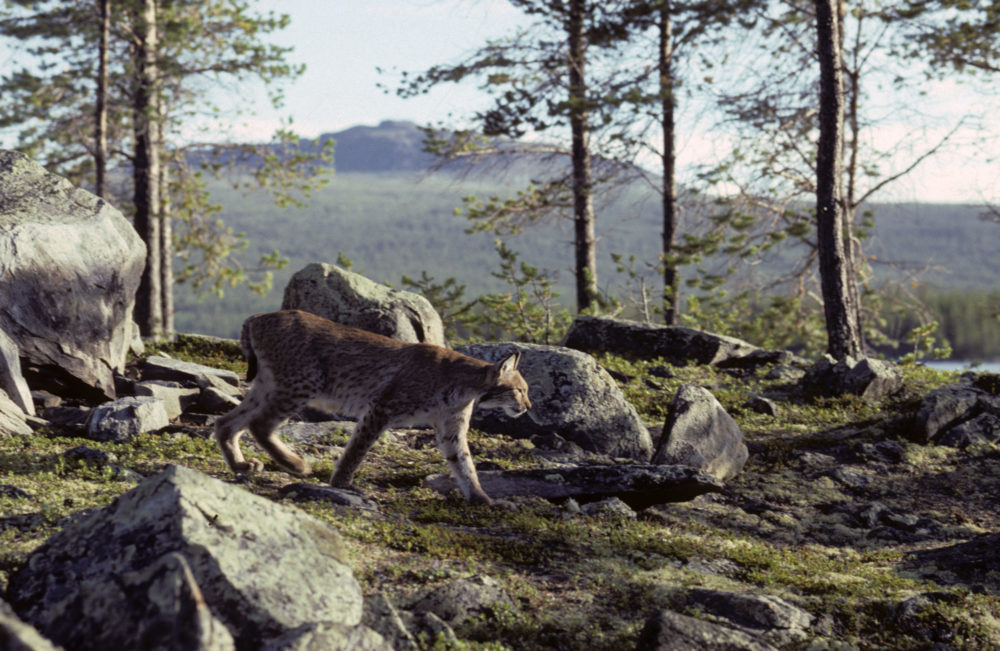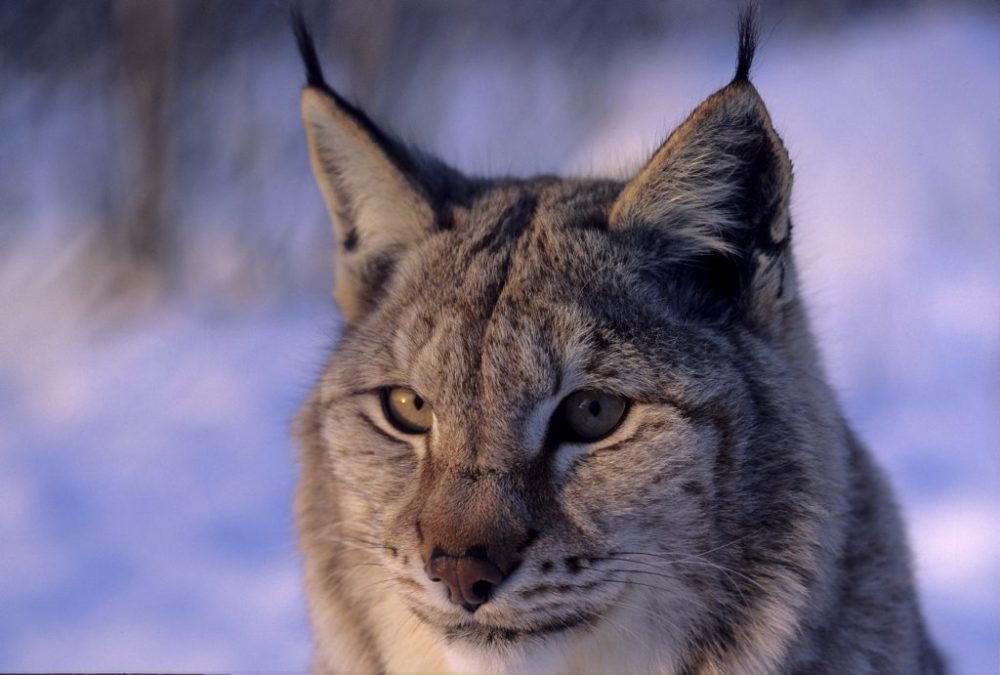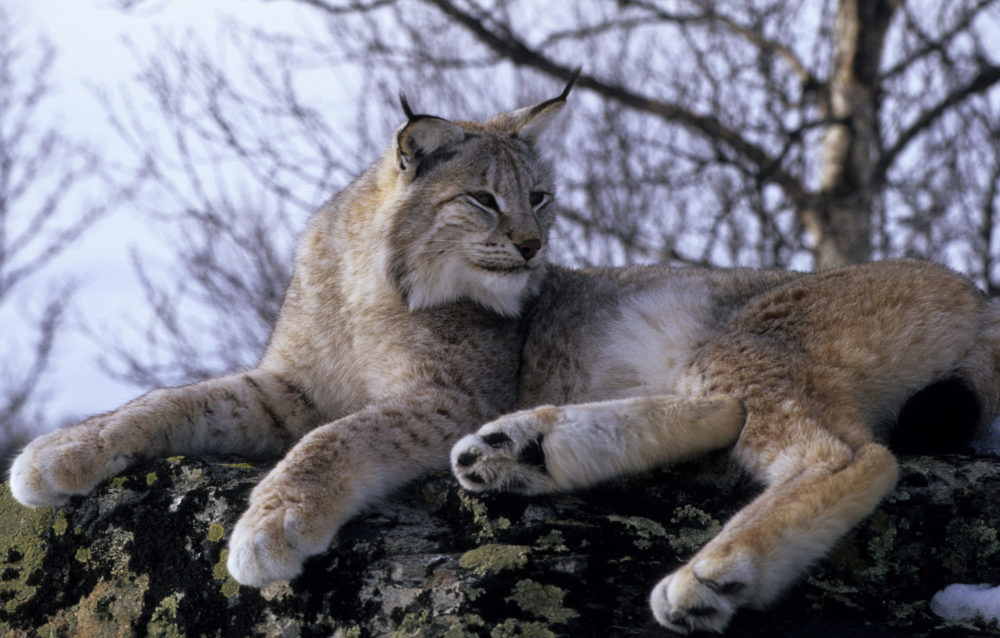Where does the lynx live?
Written by Nicklas Iversen | Last edited 1. June 2021
The lynx is found in forests in most of the country. It usually likes steep, inhospitable terrain where it can sleep during the day. At night, the lynx can wander quite close to us humans as it hunts roe deer. You can find out more about where the lynx lives on this page.
HABITAT
A habitat is the type of area in which a species thrives.
The lynx is a forest animal and can be found in woodland anywhere from the lowlands up to the tree line in the mountains. It typically likes steep, impassable hillsides where it can see what is going on.
Although the lynx is wary of humans, it may nevertheless live closer to us than many people are aware. This is because it’s favourite prey, the roe deer, usually grazes in the cultural landscape. And where it goes, the lynx follows!

DISTRIBUTION IN NORWAY
Vestlandet har høye tettheter med sau, som er årsaken til å unngå å ha store rovdyr her. Det er generelt tettest bestand med gaupe i områder hvor det er mye mat å finne. Gaupa bruker ikke større områder enn den må, og er det store mengder mat, kan de holde ser på relativt små områder. Er det lite mat må gaupa ha større revir for å finne nok mat.
In Norway, we find the lynx in forests in most of the country apart from West Norway.
West Norway has a high density of sheep, a good reason not to have large predators there. The lynx population is densest in areas where food is plentiful. The lynx does not claim territory larger than necessary, and it can keep to a relatively small areas if there is a lot of food. Where there is not much food, the lynx must have a larger territory in order to find enough to eat.
Research have shown, however, that grazing sheep doesn’t affect lynxes’ territory but that their territory is dependent on their main source of food, namely roe deer.
This article has been written by Bjørn Henrik Stavdal Johansen, and partly by Fredrik Lehn-Pedersen, nature guides at Visitor Centre Carnivore Flå.

